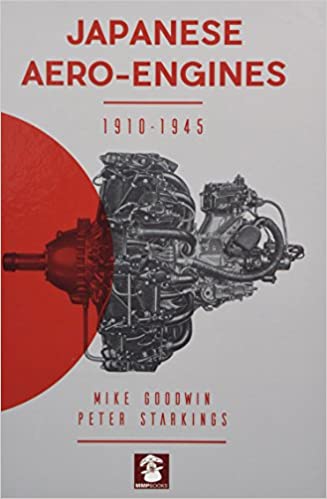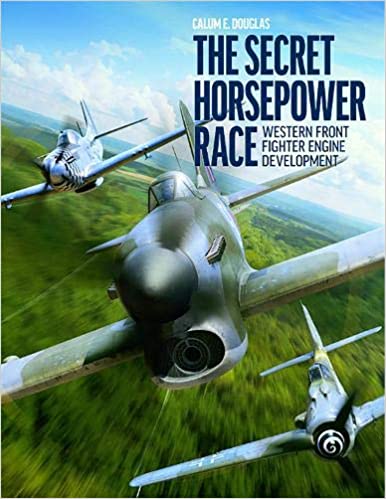IMPERIAL JAPAN
IJNAS engine naming method
It was the Imperial Japanese Navy's common practice to refer to its engines by name. The Japanese method of identifying model numbers of aircraft engines is unique in that the model number always has two digits and may be followed by one or more letters. The first digit represents the major version of the engine and the second number represents the minor version of that model engine. The first model number assigned to an engine is always 11, meaning the first major design and first minor version of that design. A major change to the design increments the first number and resets the second number to one. A minor change to the engine model increments the second number by one. If a very minor change is made, suffix letters are added after the model number. When a special modification is made, the model number is followed by the suffix 'kai', as in the Shinten 21kai model, which decodes as the second model of the Shinten engine, 1st revision, specially modified. IJAAS engine naming method
The Imperial Japanese Army Air Service referred to its engines by their engine (Japanese:Hatsudoki abbreviated Ha) model number. Ha numbers were assigned in sequence as the engine design was accepted. This engine (Ha6) would be the 6th engine accepted by the IJAAS.
Hiro Naval ArsenalIt was the Imperial Japanese Navy's common practice to refer to its engines by name. The Japanese method of identifying model numbers of aircraft engines is unique in that the model number always has two digits and may be followed by one or more letters. The first digit represents the major version of the engine and the second number represents the minor version of that model engine. The first model number assigned to an engine is always 11, meaning the first major design and first minor version of that design. A major change to the design increments the first number and resets the second number to one. A minor change to the engine model increments the second number by one. If a very minor change is made, suffix letters are added after the model number. When a special modification is made, the model number is followed by the suffix 'kai', as in the Shinten 21kai model, which decodes as the second model of the Shinten engine, 1st revision, specially modified. IJAAS engine naming method
The Imperial Japanese Army Air Service referred to its engines by their engine (Japanese:Hatsudoki abbreviated Ha) model number. Ha numbers were assigned in sequence as the engine design was accepted. This engine (Ha6) would be the 6th engine accepted by the IJAAS.
The Hiro Naval Arsenal (Hiro Kaigun Kōshō or Dai-Jūichi Kaigun Kōkū-shō (11th Naval Arsenal), often abbreviated as Hiroshō) at Kure (呉), Hiroshima prefecture, was a production facility for seaplanes, flying boats, and aero engines for the Imperial Japanese Navy before and during World War II. It was largely destroyed in a raid by B-29 Superfortresses on May 5, 1945.
Hitachi
Kawasaki Aircraft Industries
During the 1930s and 1940s, Kawasaki Aircraft Industries developed numerous types of aircraft for the Imperial Japanese Army, such as the Type 88 reconnaissance aircraft, the Ki-48 Sokei bomber, and the Ka 61 Hein fighter, up until the end of the Second World War. Shortly after the occupation of Japan started in 1945, Japan's aviation industry was intentionally dismantled and aircraft factories converted for other purposes; the ban on aircraft development was lifted during March 1954, allowing for the nation's aviation industry to be revived.
Mitsubishi
During the Second World War, Mitsubishi manufactured military aircraft under the direction of Dr. Jiro Horikoshi. The Mitsubishi A6M Zero was a primary Japanese naval fighter in World War II. It was used by Imperial Japanese Navy pilots throughout the war, including in kamikaze attacks during the later stages. Allied pilots were astounded by its maneuverability, and it was very successful in combat until the Allies devised tactics to use their advantage in armor and diving speed.
Nakajima
The Nakajima Aircraft Company was a prominent Japanese aircraft manufacturer and aviation engine manufacturer throughout World War II. It continues to the present day as the car and aircraft manufacturer Subaru.
Rocket and Jet Engines







